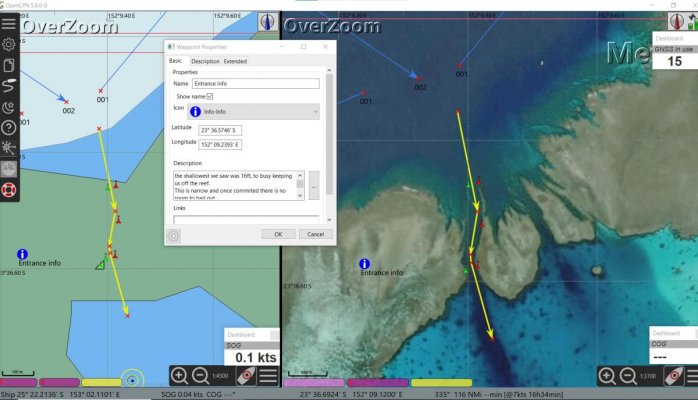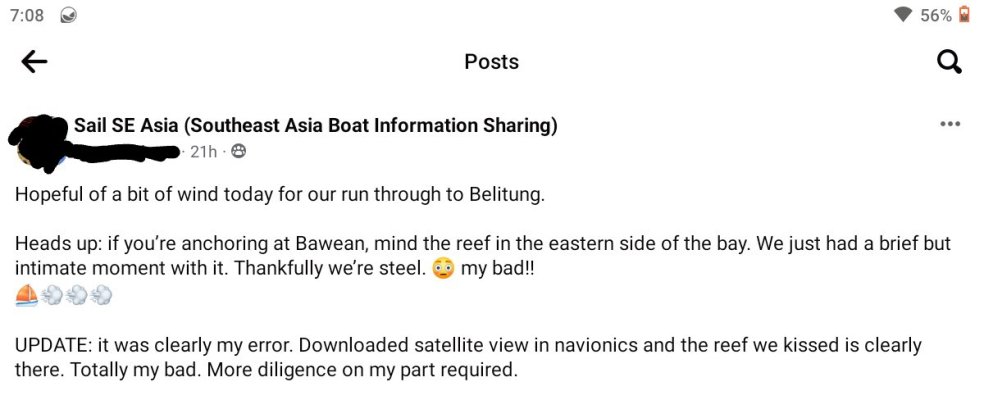Gdavid
Guru
I don't disagree with you, the only thing I'd point out is I'd bet, given your experience and longevity, you use electronic charts as, well, digitial versions of old paper charts. You still look for ATONs and navigate channels visually. A small display would be okay.
But alas, the world has moved past ATONs. Many boaters, perhaps most, perhaps vast majority, use digital display as primary reference for channel - just as they do Google Maps in their car. I suspect they spend a LOT of time looking at the screen to assure they are in the channel. Used like that, a small screen simply won't cut it.
Best I can tell, you are a dying breed. I'm in the gurney next to you.....
Peter
I believe you are correct and would also argue that we are less safe on the water because of it. Keeping your eyes outside of the boat is the best way to navigate, I see too many credit card "captains" wandering down the middle of a tight channel with their head glued to their dash. Very few 12" MFD's were in use 25 years ago and we did just fine.




